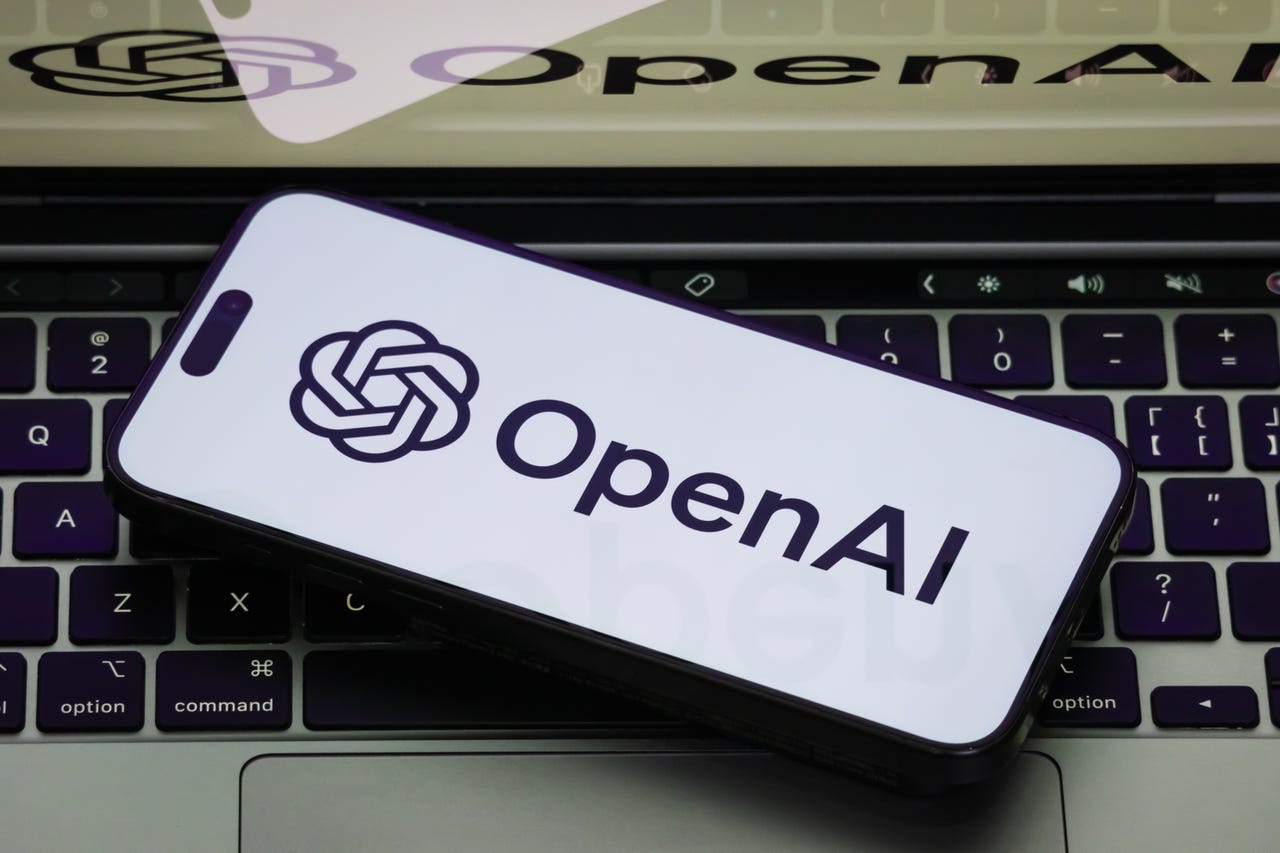The Limits of Data Scaling: Sub-token Utilization and Acoustic Saturation in Multilingual ASR
NeutralArtificial Intelligence
A recent study explores the effectiveness of multilingual Automatic Speech Recognition (ASR) models, specifically focusing on Whisper's performance across 49 languages. The research investigates how much audio data is necessary to fully utilize the model's learned sub-token inventory and whether disparities in data during pre-training impact token usage during inference. This analysis is crucial as it sheds light on the complexities of multilingual ASR systems and their ability to adapt to varying linguistic contexts, which is essential for improving communication technologies globally.
— Curated by the World Pulse Now AI Editorial System



